Negative indicators sparking concerns
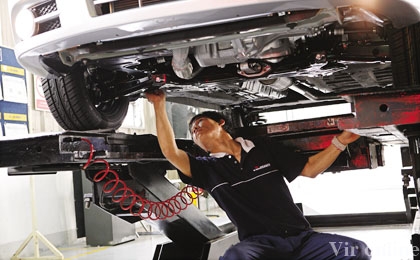 |
| The auto industry is one of many needing to import components to keep their production lines working |
A soaring trade deficit and budget overspending will continue fuelling the country’s macroeconomic instability.
Many National Assembly deputies said continued big trade deficit and budget overspending were the two direct major causes of macroeconomic instability in 2010 and during the following years.
“The country’s macroeconomy is continuing to be unstable and is exposing more risks,” said National Assembly Economic Committee vice chairman Vu Viet Ngoan.
The government reported that Vietnam’s total export and import turnovers were estimated to be $68 billion and $81.5 billion, respectively, in 2010.
The trade deficit of $13.5 billion was estimated to be equivalent to 19 per cent of total export turnover. This came in line with the government’s goal to curb the trade deficit at below 20 per cent of export turnover.
“The government has recently targeted to reduce the trade deficit to 14 per cent of export turnover by 2015. But, whether this target can be achieved depends on many factors, because the government has failed to make breakthroughs in its policies,” said Bac Lieu province deputy Vo Thi Hong Thoai.
Vietnam has suffered a trade deficit for 19 years and was $14 billion in 2007, $18 billion in 2008 and $12.8 billion in 2009.
Huynh The Du, lecturer of the Fullbright Economic Programme in Vietnam, said Vietnam’s population was 87 million people and India’s 1.3 billion people.
However, the two countries had the same trade deficit of $11.5 billion from China in 2009. India’s gross domestic product (GDP) was 17 times bigger than Vietnam’s, but its trade deficit was the same as Vietnam. Vietnam’s trade deficits were far higher than other Southeast Asian countries.
“It is because of Vietnam’s great demand for imports,” Thoai said.
Vietnam has about 30,000 sectors needing supporting industries such as automobiles, garments and footwear and electronics, which need to import 50-80 per cent of their needed materials.
Ho Chi Minh City deputy Tran Du Lich saw high budget overspending as a big obstruction towards the country’s macroeconomic stability.
“High budget overspending is expected to last during the coming years because the government continues to apply a loosened fiscal policy to support the economic growth. Thus, I think that the growth quality has not improved as it depends on public investment,” Lich said.
A government report stated that the government’s total expenditure in 2010 was about VND637 trillion ($33.5 billion), up 9.5 and 9 per cent against initial estimations and 2009’s disbursed sum, respectively.
The National Assembly’s Finance and Budget Committee said the big excess in expenditure had belittled the the state budget’s estimation and approval and reflected the government’s lax expenditure discipline.
The budget overspending was equal to 5.64 per cent of GDP in 2007, 4.58 per cent of GDP in 2008, 7 per cent of GDP in 2009 and expected to be 5.95 per cent of GDP in 2010. Many National Assembly deputies said that these figures were high.
“If the government continues its existing way of using the state coffers, the economic instability will continue in coming years,” Lich said.
The committee asked the government to reduce the state overspending rate from 5.95 per cent of GDP as initiated by the government to 5.5 per cent of GDP in 2010.
This would lay a firm foundation for the government to gradually reduce overspending rate to 5 per cent of GDP in between 2009-2013 and lower during the following years.
What the stars mean:
★ Poor ★ ★ Promising ★★★ Good ★★★★ Very good ★★★★★ Exceptional
Related Contents
Latest News
More News
- Registered FDI in Vietnam tops 6.17 billion USD in Q1 (March 29, 2024 | 08:47)
- Vietnam in waiting list for market upgrade to secondary emerging (March 28, 2024 | 16:37)
- High-tech investment influx reliant on stable power supply (March 28, 2024 | 11:30)
- New land law could entice Viet Kieu home (March 27, 2024 | 18:00)
- Non-stop toll collection to be officially applied in five airports from May 5 (March 27, 2024 | 11:35)
- Vice State President now Acting President (March 22, 2024 | 14:47)
- Party Central Committee agrees to let Vo Van Thuong cease holding positions (March 22, 2024 | 14:41)
- PM, USABC discuss deepening partnership in Vietnam (March 22, 2024 | 11:48)
- PM urges further rate cuts, improved credit access to remove obstacles, promote growth (March 15, 2024 | 11:47)
- Vietnamese citizens warned about fraudulent job offers abroad (March 15, 2024 | 10:04)



 Tag:
Tag:
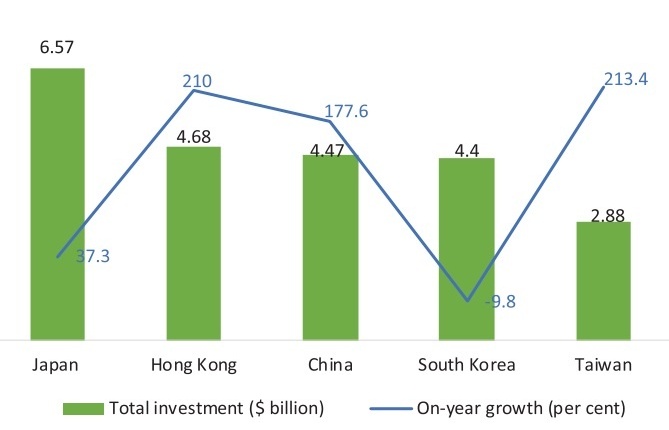

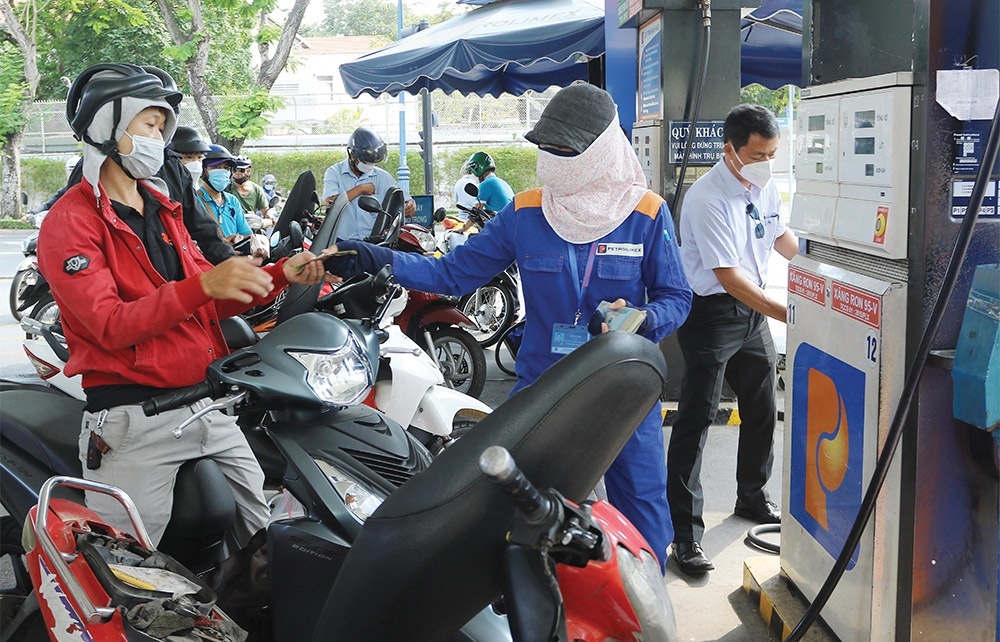


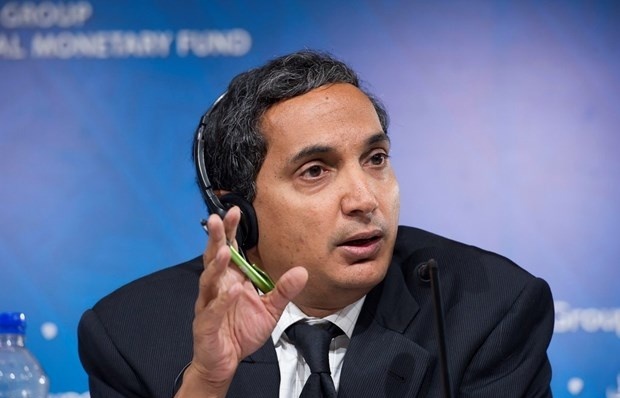



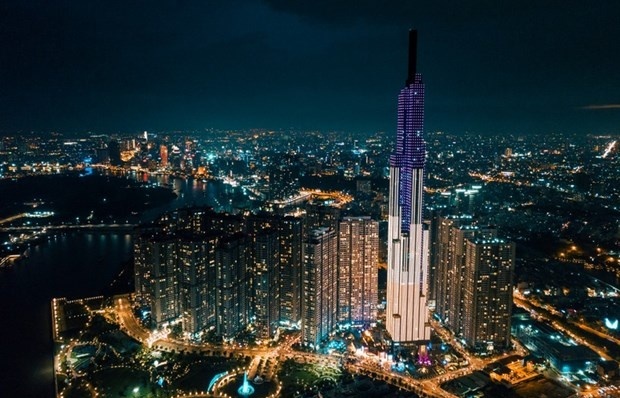



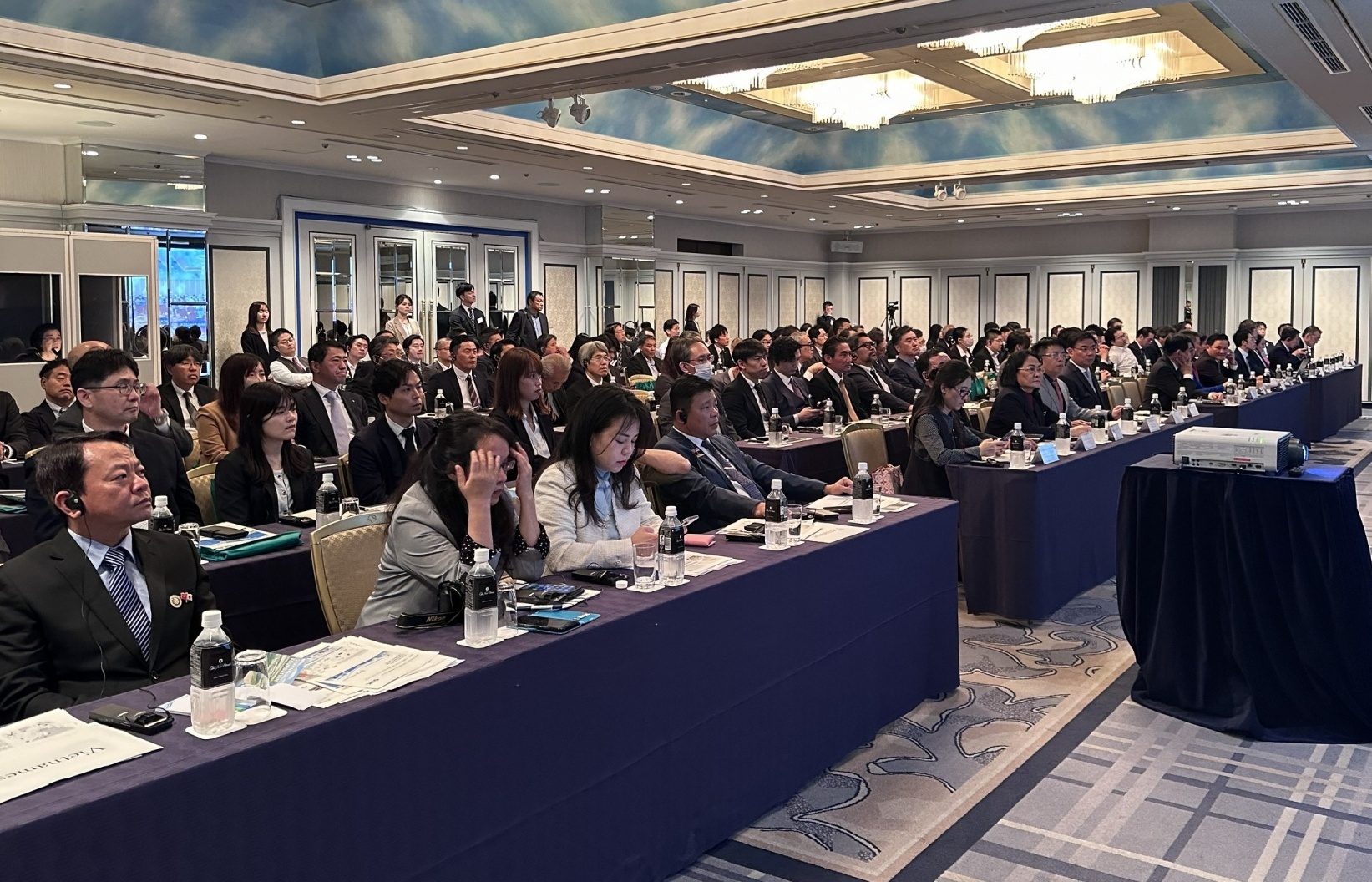





 Mobile Version
Mobile Version